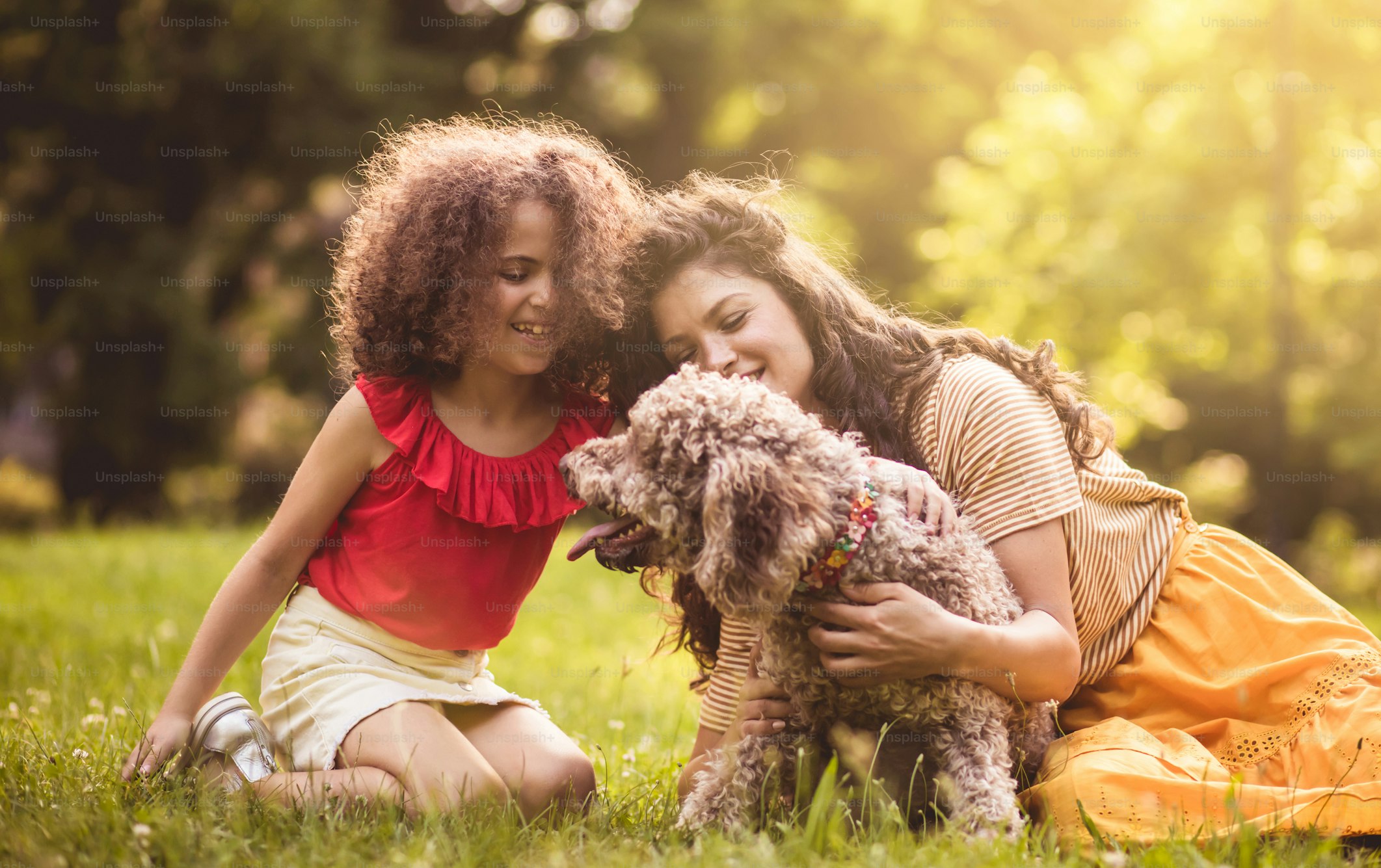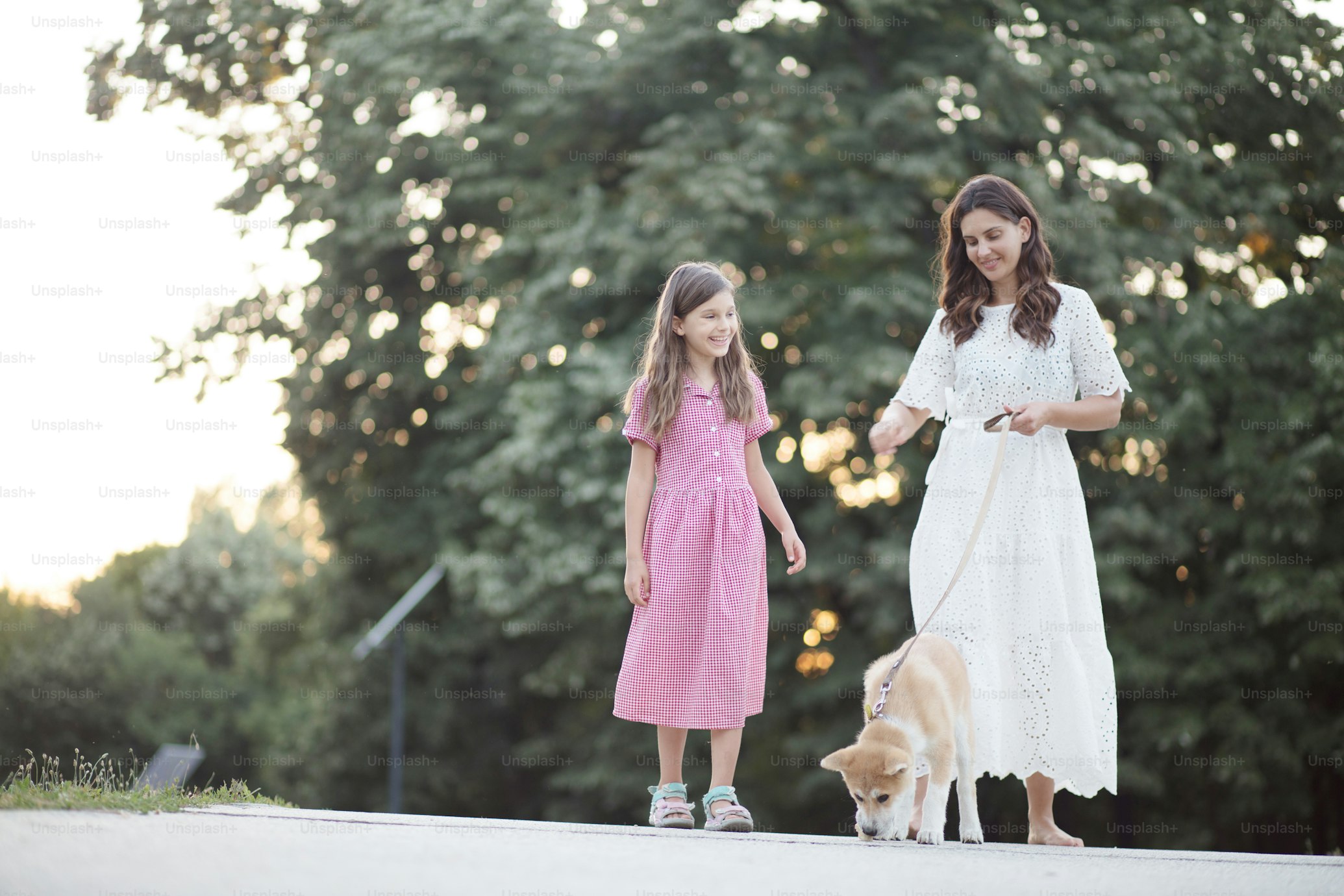Paws for the Holidays: Finding the Perfect Gift for Your Dog
"Paws for the Holidays: Finding the Perfect Gift for Your Dog"
The holidays are a time of giving and joy. It’s a special time of year to show your pup love and appreciation for being such an important part of your family. But with so many options out there, it can be hard to decide what to get your pup for the holidays. With these great gift ideas, you can show your pup how much you care and make this the best holiday season yet!
1. Treats: Every pup loves treats, and it’s a great way to show your pup some love during the holidays. Look for all-natural, organic treats that are made with real ingredients like fruits and vegetables.
2. Toys: Pups love to play, and toys are a great way to keep them entertained and mentally stimulated. Look for interactive toys like a treat-dispensing ball or puzzle toy that will keep your pup engaged and active.
3. Grooming Supplies: Grooming is an important part of keeping your pup healthy and looking their best. Look for supplies like a brush, shampoo, and nail clippers to keep your pup looking their best.
4. Clothing: Pups love to show off their style, and clothing is a great way to let them do just that. Look for stylish sweaters or jackets that will keep them warm and looking cute while they’re out and about.
5. Beds: Having a comfortable place to sleep is important for your pup, and a new bed is a great way to show your pup how much you care. Look for a cozy bed that your pup can snuggle up in during the cold winter months.
No matter what you decide to give your pup this holiday season, the important thing is that you show them how much you care. With these great gift ideas, you can make sure your pup has the best holiday ever!
























